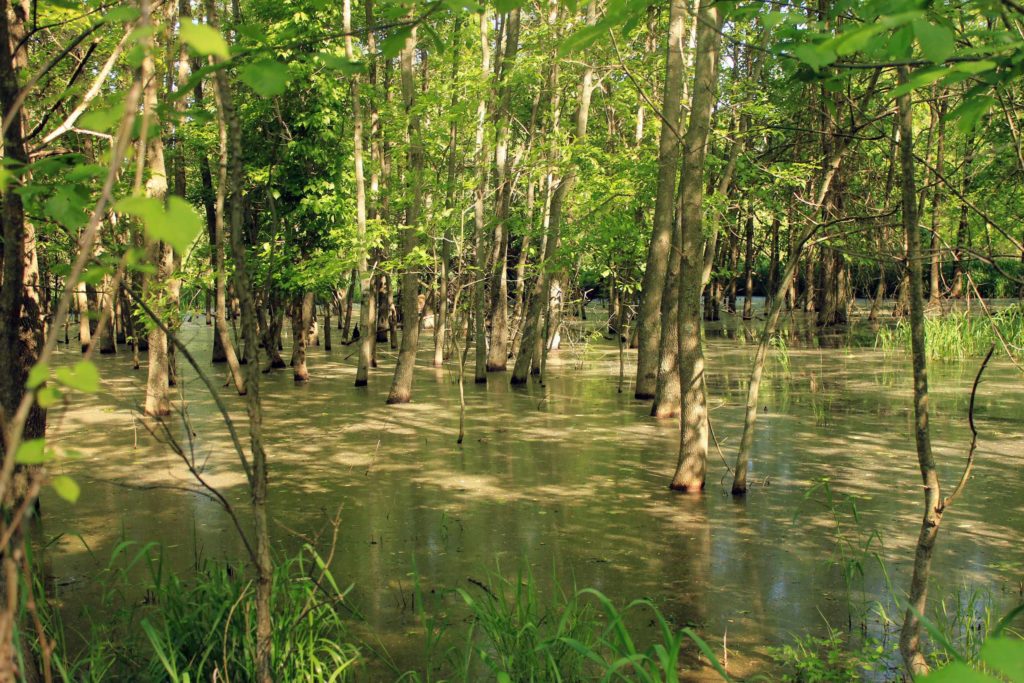
A couple of years ago, we left a stormy Oregon Coast and resumed life in the cactus-cluttered landscape of Arizona. Basically, we traded roof replacement for air conditioning replacement.
Arizona, last continental state to enter the union, doing so in 1912, is also last on just about any federal program recognized according to such late entry, every compact and treaty executed in the name of the United States. You get used to it. Dead last.
Now, from our “way-back-there” position, we’re seeing “up-close-and-personal” real signs of climate change. It could get pretty grim. And soon.
Arizona is the last signatory to a compact assigning shares of water coming down the Colorado River. After a dozen years of drought across this scarred landscape, for those who haven’t noticed, that river hasn’t reached as far South as the U.S.-Mexican border occasionally.
Mexico, in what could be considered a good neighborly gesture, hasn’t said much about not receiving it’s liquid apportionment. That’s going to change. What’s brought about the muttering-under-the-Mexican-breath is recent droughts South of the border. Folks down there are beginning to feel the pinch of not having enough water.
Hold that thought. We’ll get back to it.
For many, many years, the big draw for people coming to Arizona and neighboring New Mexico - itself also a late statehood entry - has been the lure of year-round golf. Especially October-April.
Within a 30 mile radius of our house, I count 40 courses. All but a handful open to anyone. All 12 months. During those months - called “Snowbird season” by we locals - population hereabouts just about doubles. It’s a club swingers paradise in the winter.
But - maybe that should be B-U-T - that paradise is facing something it’s not faced before. Remember that word “drought?”
We live in Sun City West where there are nine courses and about 29,000 people. Two are private. But, the remaining seven are open, beautiful and well-kept. And well-watered. SCW has a beautifully engineered re-injection system that captures a lot of the runoff. Without that, we’d have faced our current dilemma earlier.
Still, those seven courses use about 2-billion gallons of water a year. That’s billion with a “B.” The 29,000 of we humans use about 1-billion gallons over the same period. See the problem?
Another item. Millenials. They’re not golfers like their parents. And grandparents. So, the future will see fewer golfers on those well-kept courses. The ones using all that water. The nearby city of Goodyear closed it’s municipal course some months ago and sold it to developers to build new houses. Other communities are considering the same.
As for SCW, if you take away the courses, property values will drop off a cliff. People will leave. They won’t be replaced by as many as have left. The local economies of Surprise, Peoria, Scottsdale, Mesa, Prescott - and dozens of other “Snowbird” havens -will suffer heavily.
So what do we do? Turn 18-hole course into niners? Close a few? Stop watering and use sand fairways? Open some pitch-and-putts?
The main water sources for our last-to-sign-the-compact state are the Colorado and Shasta Lake. Both of which are near all-time lows. The Central Arizona Project cuts through our county but nearly all the water in that man-made engineering marvel is obligated downstream.
Now, that Mexico thought you’re holding. If those folks start demanding their share of that Colorado River flow - as they have a legal right to do -our situation in Arizona and New Mexico could get real bad. In a real hurry. In fact, water-sharing compacts, treaties and other forms of agreement could paper courthouse walls for years to come.
In the meantime, sour local economies in Arizona, New Mexico, Nevada and Southern California could make beggars of a lot of folks.
This is climate change, my friend. The kind of real-life catastrophe our President doesn’t understand and refuses to accept. Millions of people - convinced as long as there’s water in the sink things are O.K. - will follow our clueless leader into dusty oblivion.
We don’t hear many political conversations about all this locally. No deep-dive media stories. Very little street talk. But, I’m sure those who frequent high-priced watering holes and private clubs are talking. Talking about “bottom lines” and “corporate profits” and “shareholder returns.” The guy-on-the-street may not be alarmed because he can still get tee times and the old golf cart’s running well. But, those whose retirement dividends are on the line have got to be losing some sleep over all this.
Climate change is real. We can find so many concrete examples all over the globe. People who traffic in the sciences and environmental issues know and understand it. Whether on the ocean bottom or the sky above, evidence is there. All around.
In our case, in this cactus-littered landscape, it just happens to appear most prominently between the tee and the green on about 40 local golf courses.
“FORE!” For now.





